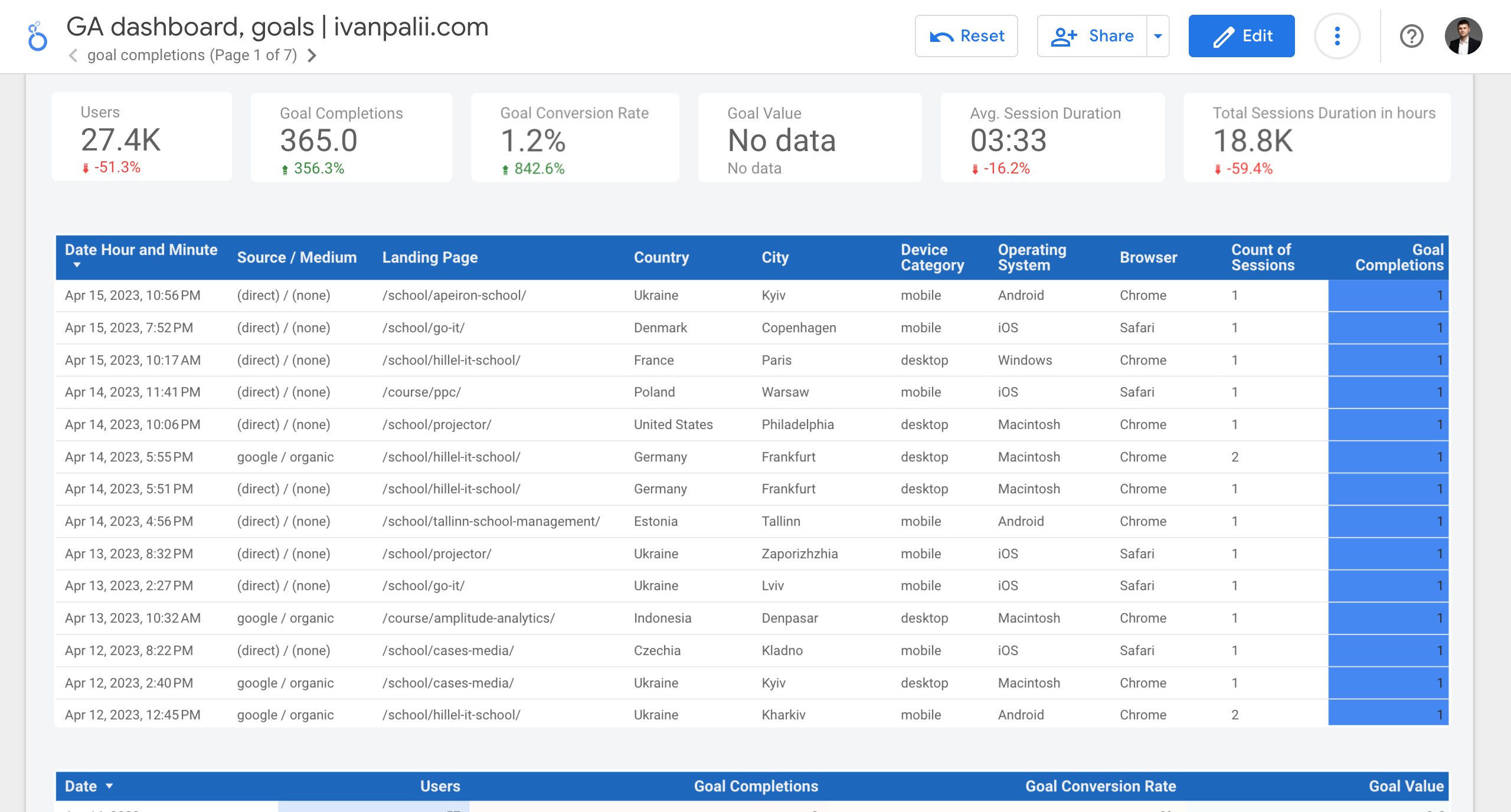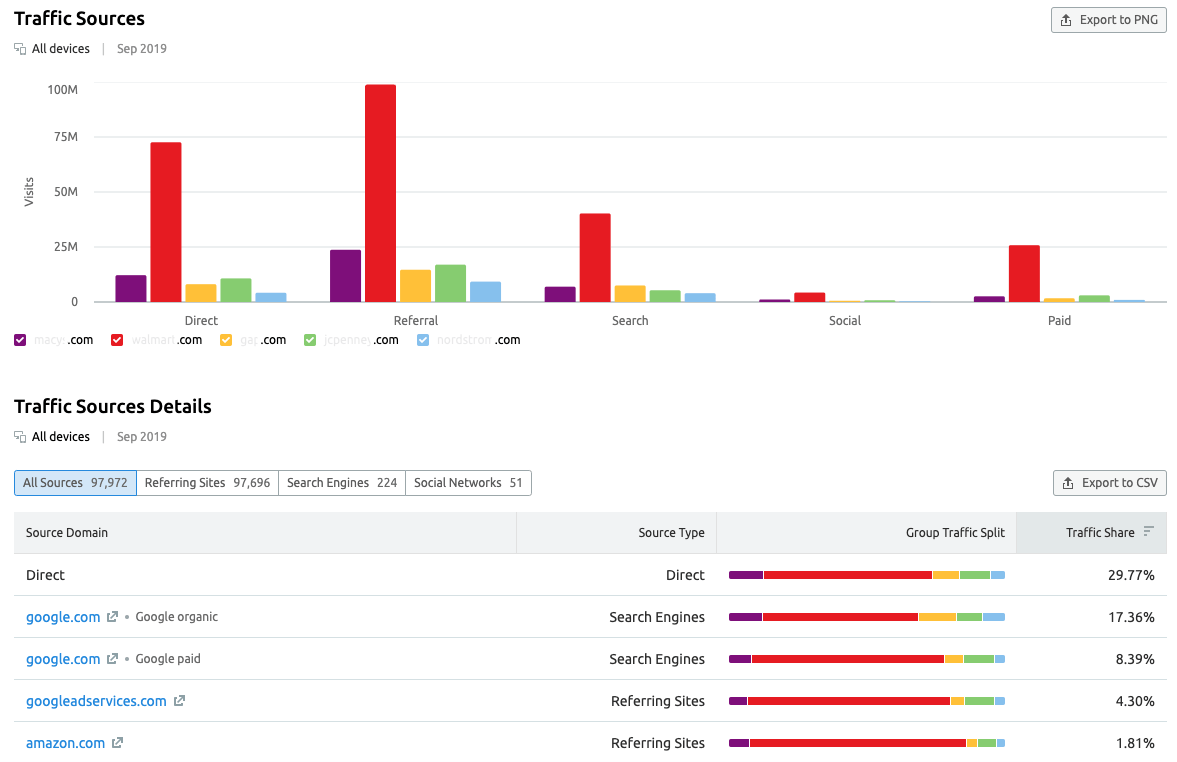In the digital age, where every click counts and online visibility is paramount, understanding how to check website traffic and ranking is essential for businesses, marketers, and content creators alike. Knowing your website's performance can help shape your strategies and ultimately lead to better engagement and higher conversions. Whether you're a seasoned web administrator or just starting your online journey, being equipped with the right tools and knowledge can make all the difference in the competitive online landscape.
Website traffic refers to the number of visitors that land on your site, while ranking pertains to where your site appears on search engine results pages (SERPs). Both metrics are critical, as they not only reflect your site's popularity but also influence your visibility and credibility online. By regularly checking these metrics, you can identify trends, uncover areas for improvement, and make informed decisions to boost your site's performance.
In this article, we'll explore the various tools and methods available to check website traffic and ranking, discuss their importance, and answer some common questions surrounding these topics. Whether you're looking to enhance your SEO efforts or simply want to understand your audience better, this comprehensive guide aims to provide valuable insights that can help propel your online presence to new heights.
What Tools Can You Use to Check Website Traffic and Ranking?
When it comes to checking website traffic and ranking, several tools cater to different needs and preferences. Here are some of the most popular ones:
- Google Analytics: A comprehensive tool that tracks website traffic, user behavior, and various other metrics.
- SEMrush: Offers insights into keyword rankings, backlinks, and competitor analysis.
- Ahrefs: Known for its backlink analysis and site auditing features.
- SimilarWeb: Provides a high-level overview of site traffic and audience demographics.
- Ubersuggest: A user-friendly tool that offers keyword suggestions and traffic estimates.
How Can You Check Your Website Traffic?
Checking your website traffic can be done through multiple methods, but using analytics tools is the most effective. Here’s a step-by-step guide on how to use Google Analytics to check your website traffic:
Why Is It Important to Check Website Ranking?
Website ranking is crucial for several reasons:
- Visibility: Higher rankings lead to increased visibility, attracting more visitors.
- Credibility: Users tend to trust websites that appear on the first page of search results.
- Traffic: Better rankings directly correlate with higher website traffic.
- Competitive Advantage: Understanding your ranking helps you stay ahead of competitors.
What Factors Influence Website Traffic and Ranking?
Several key factors can influence your website's traffic and ranking:
- Content Quality: High-quality, relevant content attracts more visitors.
- SEO Optimization: Properly optimized sites are favored by search engines.
- User Experience: A user-friendly design keeps visitors engaged longer.
- Backlinks: Quality backlinks from reputable sites enhance credibility.
How Often Should You Check Your Website Traffic and Ranking?
Monitoring your website traffic and ranking should be a regular practice. Depending on your goals, here’s a suggested frequency:
- Daily: For businesses heavily reliant on online sales.
- Weekly: For those who regularly publish new content.
- Monthly: For established sites with steady traffic.
What Common Mistakes Should You Avoid When Checking Website Traffic and Ranking?
While checking website traffic and ranking is vital, there are common pitfalls to be aware of:
- Ignoring Bounce Rates: High bounce rates can indicate content that doesn’t meet user expectations.
- Focusing Solely on Traffic: Quality of traffic is just as important as quantity.
- Neglecting Mobile Optimization: Mobile users account for a significant portion of web traffic.
How Can You Improve Your Website Traffic and Ranking?
Improving your website traffic and ranking involves a combination of strategies. Here are some effective methods:
Conclusion: Taking Charge of Your Online Presence
In summary, checking website traffic and ranking is not just about numbers; it’s about understanding your audience and making data-driven decisions. With the right tools and strategies, you can enhance your online visibility, improve user engagement, and ultimately drive more conversions. Regularly monitoring these metrics will help you stay ahead of the competition and ensure that your website remains a valuable asset in the ever-evolving digital landscape.



ncG1vNJzZmixn6PAtr7IZqWeq6RjsLC5jpycpZ2Sp7a1xZBtZpyglZi4bsPEm6qirJViwbOtxZ%2BgnGWRo7FuvsCnoqKml2O1tbnL